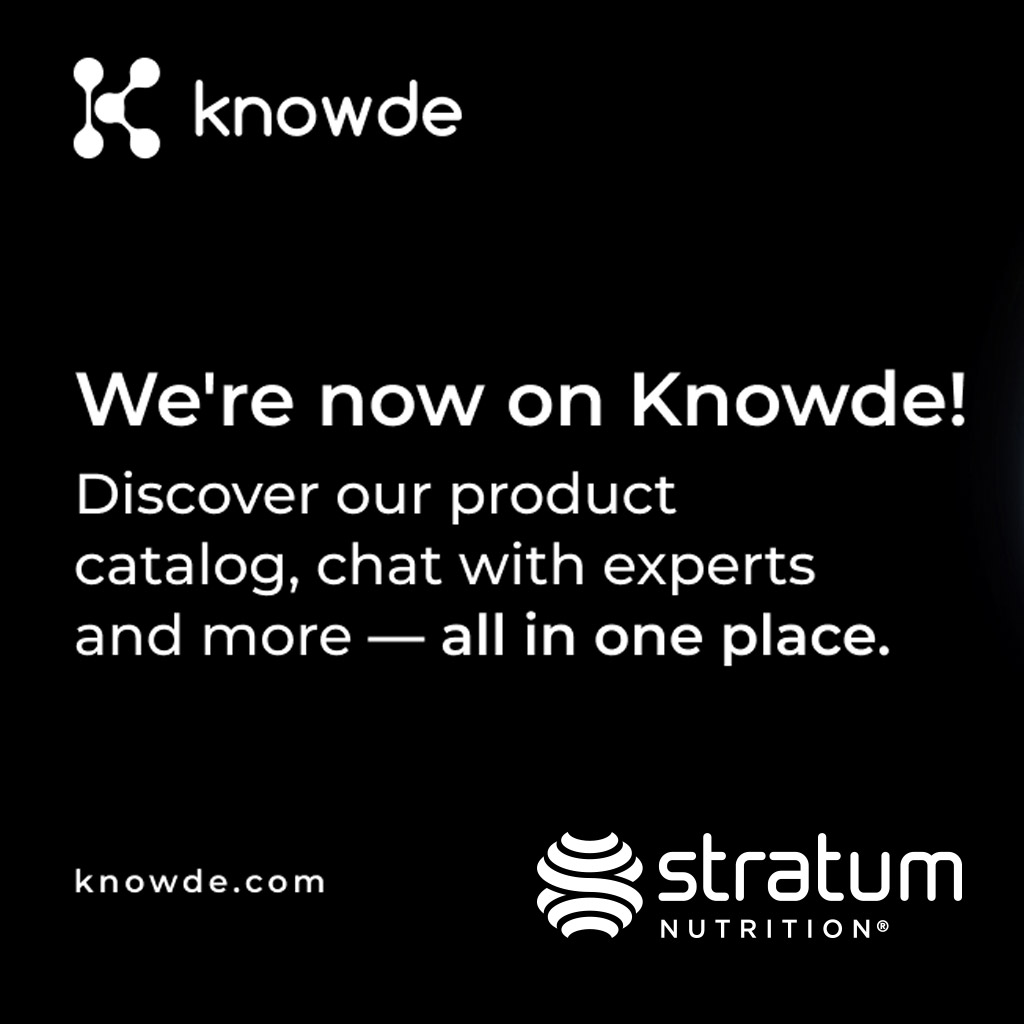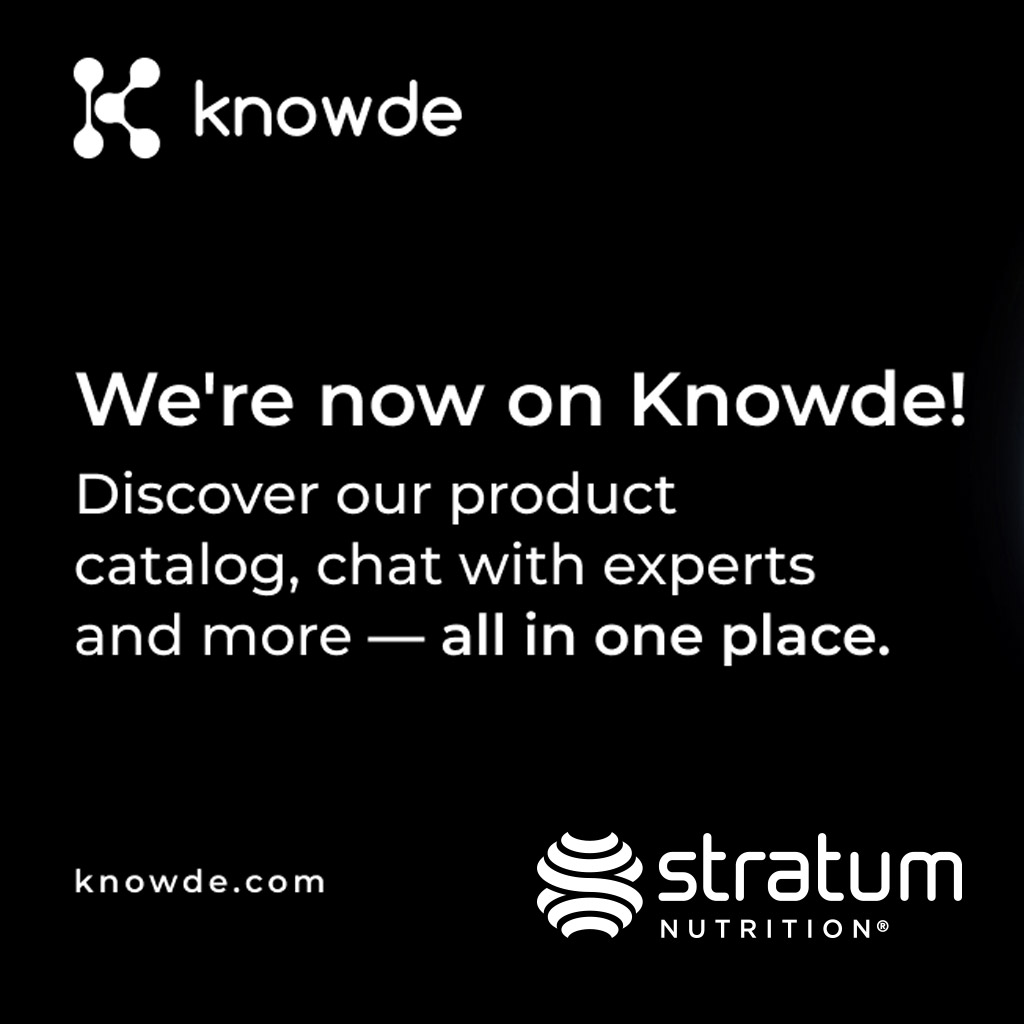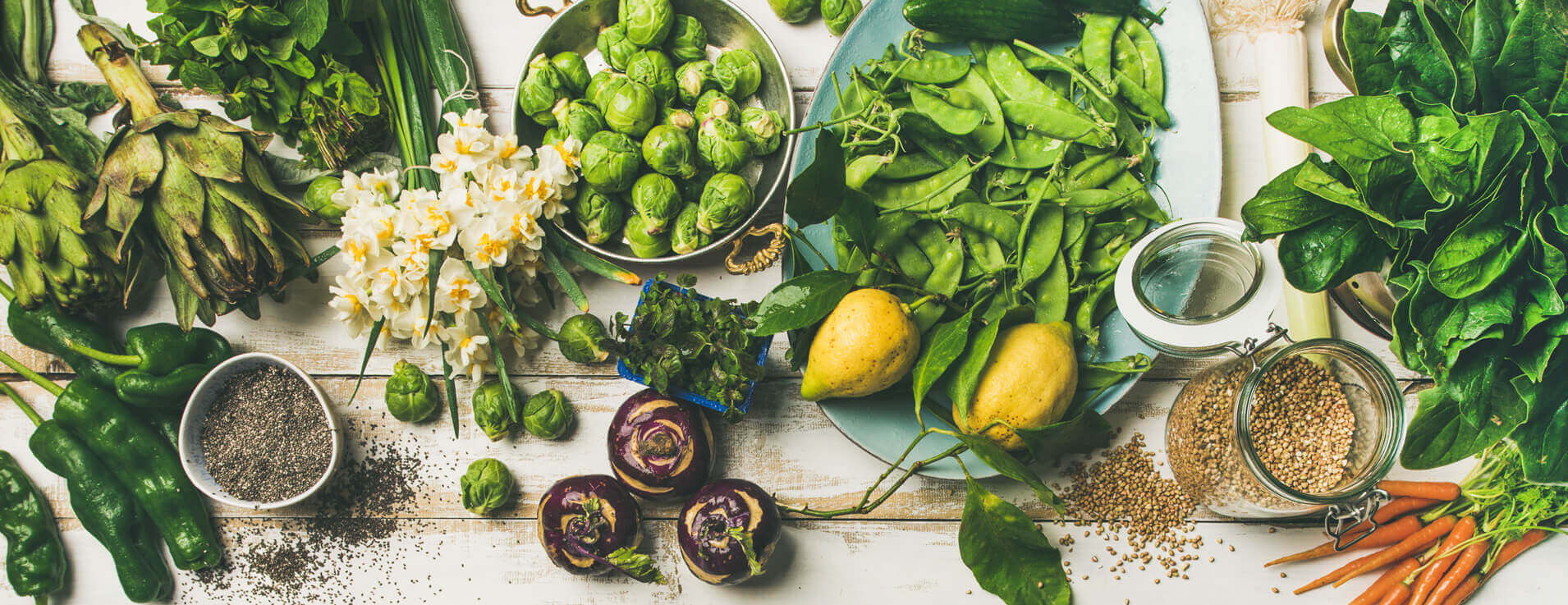So You Want to be a Vegan
Oct 09 2019
| Our Blog
| Jackie Rizo
Have you noticed veganism in the mainstream media? It seems that it is making its way throughout every industry on the planet and has come a long way once reserved for peace-loving hippies.
So, what exactly is veganism? Well, simply put, it is the practice of abstaining from the use of animal products, particularly in diet, and an associated philosophy that rejects the commodity status of animals. A follower of the diet or the philosophy is known as a vegan.
Interest in a totally animal-free diet is at an all-time high, with celebrities such as Woody Harrelson, Alicia Silverstone, and Beyoncé (just to name a few) using their influence to encourage others towards a vegan lifestyle.
Speaking of Alicia Silverstone, she is far from “Clueless” when it comes to veganism. Silverstone runs an online community over at “The Kind Life”, based off of her book “The Kind Diet”. Her focus is all about living your healthiest and happiest life to the fullest while taking care of mama earth at the same time. Most vegans strongly agree with this statement.
There are a handful of topics that can stir up strong emotions and controversies in the average person. Politics, religion, and food choices are at the top of this list. Different diets seem to work and make sense to different people and everyone swears by what they are doing.
As someone who is looking into veganism, there might be a few different vegan diets you’re not even aware of. Allow me to break them down for you.
Different Types of Vegan Diets
Who knew there were multiple ways to be vegan and that “Junk Food Vegan” was a real diet trend?! (Sign me up! Ok, ok. I’m just kidding. Kind of.)
- Whole-food vegan diet: A diet based on a wide variety of whole plant foods such as fruits, vegetables, whole grains, legumes, nuts and seeds. Processed foods are not an option. Simply put, stay away from anything in a package or in a box.
- Raw-food vegan diet: A vegan diet based on raw fruits, vegetables, nuts, seeds, or plant foods that are to be eaten raw or cooked at temperatures below 118 degrees. Vegans on this diet are motivated by health reasons and believe that raw and minimally heated foods are more nutritious than cooked ones.
- 80/10/10: The 80/10/10 is a raw-food vegan diet that relies on mainly raw fruit and soft greens & limits fat-rich plants such as nuts and avocados. Also referred to as the low-fat, raw-food diet or fruitarian diet. When considering this diet, you will want to make sure 80% of your calories come from carbs, 10% from protein and 10% from fats.
- The starch solution: A low-fat, high-carb vegan diet like the 80/10/10 but that focuses on cooked starches like potatoes, rice, beans and corn instead of fruit.
- Raw till 4: Raw foods are consumed until 4p.m. with the option of a cooked plant-based meal for dinner.
- Junk-food vegan diet: A vegan diet lacking in whole plant foods that relies heavily on mock meats and cheeses, fries, vegan desserts and other heavily processed vegan foods.
Let’s break this down a little further. What do vegans eat exactly?
9 Foods to Embrace on the Vegan Diet
- Fruits and vegetables: adopting a vegan diet gives you an opportunity to branch out beyond your old standbys. Did you know bok choy, watercress, kale, and mustard greens contain high concentrations of iron and calcium? We normally intake these nutrients through eating milk and dairy. One can also try using fruits and vegetables in new ways, for instance, jackfruit tacos or stewed carrot “pulled pork”.
- Nuts and nut butter: From almonds to macadamias to walnuts and beyond! If you stay away from the overly processed, sugar-laden varieties, nut butters can be just as nutritious as nuts themselves. Depending on the nuts, they can deliver iron, fiber, magnesium, zinc, selenium, and/or vitamin E.
- Legumes: Beans and lentils and peas, oh my! To meet your body’s amino acid needs while eating a vegan diet, you’ll want to incorporate plenty of legumes. And take the time to learn how to cook them well.
- Tofu, tempeh, and seitan: Often used to make plant-based meats, like burgers, sausages, deli slices, and more. These versatile, protein-dense foods have proven health benefits and can take the place of meat, poultry, fish, eggs, and even cheese in many recipes.
- Seeds: Add these to salads, veggie bowls, and smoothies to up your nutrient intake. Hemp, chia, and flax all contain impressive amounts of protein as well as omega-3 fatty acids. Another way is to add Ahiflower to your favorite smoothies.
- Plant-based milks, yogurts, and cheeses: Again, make sure to choose ones that are minimally processed and don’t contain unnecessary additives and chemicals. Whenever possible, though, go for varieties that have been fortified with calcium and vitamin B12, and vitamin D. The Jonas Brothers recently sang about vegan milk during their appearance on the Late Late Show with James Corden. Just for fun, be sure to listen to “Got Milk?” (Thanks for the great video, Live Kindly!)
- Ancient grains and pseudocereals: Yes, this means quinoa, but also spelt, teff, buckwheat, amaranth, and more. These foods are time-tested powerhouses that provide varying potent combinations of complex carbs, fiber, iron, B-vitamins, and several minerals.
- Algae: Yes, seriously. Blue-green algae like chlorella and spirulina are complete proteins, while other kinds of algae can help you meet your iodine needs.
- Nutritional yeast: Called “Nooch” by it’s fans, this umami-bomb can add a cheesy flavor to vegan dishes and (if it’s a fortified variety) increase your vitamin B12 intake.
6 Foods to Avoid on the Vegan Diet
If you have made it to the end and you are still interested in the vegan diet, here are some tips to help you get started:
Like everything in life, find what works for you. Veganism isn’t as scary or difficult as it may sound. There are tons of options for substitutions and people are way more understanding than in years past.
- Meat and Poultry: Bid your farewell to anything that has two eyes; beef, lamb, venison, chicken, turkey goose, duck, and quail. Whether wild or farm-raised, all kinds of animal flesh are out.
- Fish and seafood: If it had been swimming in the sea, you will have to say, “just keep swimming.” Vegans do not eat fish, squid, shrimp, crab, lobster, mussels, scallops, and so on.
- Dairy: Cow, goat, and sheep’s milk are out. Your taste buds will not be bathing in yogurt, kefir, butter, ghee, cream, cheese, ice cream, and all other dairy products.
- Eggs: Whether sourced from birds or fish, eggs are not allowed on a vegan diet.
- Bee byproducts: This not only includes honey, but also bee pollen and royal jelly, too.
- Ingredients derived from animals: This category can be tricky and requires close label reading. Some items to look for include whey, casein, lactose, gelatin, cochineal, isinglass, L-cysteine, animal-derived vitamin D3 and fish-derived omega-3 fatty acids.
- You don’t have to go cold turkey. You could start by preparing a couple meat free dishes each week and gradually make more substitutions – tofu in stir-fry instead of chicken, say or grilled veggie burgers instead of beef.
- If your aim is also weight loss, amp up your exercise routine and eat fewer calories than your daily recommended max.
- Feature vegetables in your meals. Loading up your plate with vegetables will give you plenty of vitamins and fiber, which can help you feel satisfied. Shoot for the colors of the rainbow.
- Research supplements to ensure you do not lack daily nutrients that are essential in preventing serious consequences later in life. Plant-based eaters tend to not get enough vitamin B12, vitamin D3, Vitamin K2, Zinc, and Omega-3 fatty acids. All can be found on the shelves of your supermarket. Finding a vegan omega-3 source is now easier than ever. One ingredient sold by Stratum Nutrition is Ahiflower, a super plant providing omega 3, 6, & 9. It is vegan friendly and making its way to the top of all omega supplements.
However you plan to start your journey towards a vegan lifestyle, be sure to not go extreme like one vegan bride did. Remember balance and kindness go a long way.








